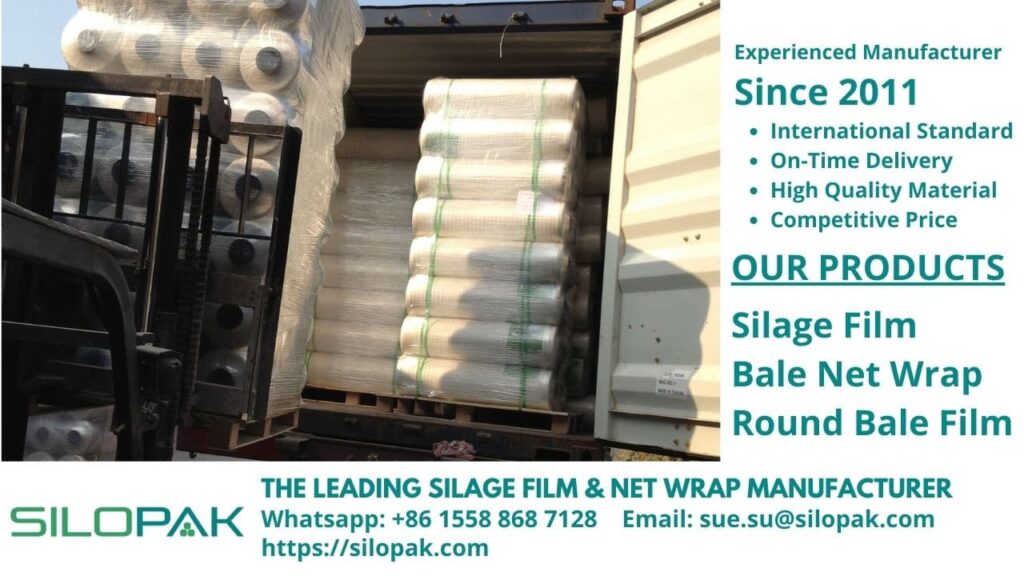
In this opportunity, we will discuss a little more about twine, a simple, oft-overlooked binding material with a lengthy history.
contents
Twine: A Short Background
You probably have heard the term before. Perhaps, you have even joined a craft class with it as its primary focus. But did you know what it is exactly? In its simplest definition, twine can be described as a cord, string, or thread made by twisting two or more strands together. The constituting strands are twisted themselves and should be a lot thinner than the resulting product. The cord is prevented from getting unraveled as the strands are plied in a motion that’s in the opposite direction to their original structure. This creates torsional strength, which stops the cord from unraveling.
Typical materials used in making twine include natural fibers such as coir, paper, henequen, hemp, jute, sisal, cotton, and wool. Nowadays, such a cord can also be produced using a wide selection of synthetic fibers.
Twine: A History
The history of twine dates back to early human civilization when our ancestors first developed stone tools. The cord resulted from the method was used to fasten sharp objects such as blades to a variety of other implements like harpoons, spears, or arrows. It was also a component used in producing marine tackle, nets for hunting and fishing purposes, baby slings, bags, and snares. The invention of the twining procedure was also the beginning of the rope-making and textile industry.
The Twining method, in the past, involved wide material spectrums such as hair from the animals, the vascular tissue of a plant, and sinews. Still, the archaeological record lacks information regarding this procedure and its products because the perishable materials used in making them couldn’t withstand the test of time.
Further proof of the existence of cords made through the twining procedure can be traced back to mental impressions, ceramic artifacts, and carvings in pottery. Such impressions discovered in the Fukui Cave, Japan, are at least 13,000 years old. Clay imprints of woven material were discovered in several sites in Moravia, and they were at least 26,000 years old. These clay imprints were discovered together with tools used in sewing clothes, such as needles, as well as other implements that were allegedly utilized in producing nets for hunting purposes.
Development of both spinning wheels and looms began soon after the invention of the twining technique. These implements were typically employed in both spinning and weaving yarns. This also gave rise to the manufacturing of devices used in producing cords and rope.
Twine: Simple Manufacturing Method
Two or more fibers are twisted on their own to form cordage. These strands are then plied together to form twine that resists unraveling due to the tension created by twisting against the components’ twist. Once the entire process completes, the resulting cord can be put to another use. Textiles and basketry are two of the common examples of how the cord can be utilized. Products made using the cord may sport interesting patterns. Dying the cord in prior or producing the cord using colorful materials can add even more patterns that are pretty to look at.
However, another good use of the cord would be to use it as a binding material to tie plant materials together in the crop baling technique. The cord should be sturdy enough to hold the materials together to prevent all the strands of grasses or hay from falling apart. The cord will have to be cut away so a farmer can gain access to the feed and give it to the animals requiring it.
Twine: Classifications
One can use a variety of factors to divide twine into several classes of twined objects.
- Using the space among the weft rows, the twining technique can be broken down into a) closed, b) open, or c) combination.
- Based on their arrangement, twined objects can be said to be simple, diagonal, or a combination of the two.
- The direction of the twisted weft leads to classes such as S-twist and Z-twist. The S-twist possesses strands that come upward, while the Z-twist looks as if the weft is twisted to the right.
More classes of twine may stem from the space among the strands, the number of strands used in producing the objects, the number of weft rows per centimeter, and the gaps created by weft rows.
The versatility and the advantages of this particular tool are even more thoroughly felt when implemented in the process of producing livestock feed. The processed plant matters can be tied into batches of bales together using twine.
If you are looking into making bales and are at the moment trying to find the good varieties of twine, you can entrust your needs and consult with us at Silopak. We provide farmers with the kind of wrapping materials that help improve the whole process altogether. Drop any questions about our products, and our knowledgeable representatives will gladly assist you.
